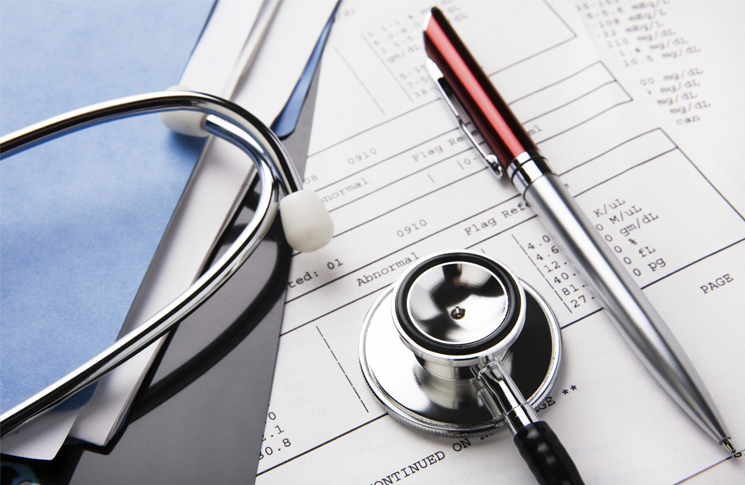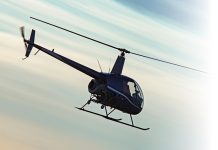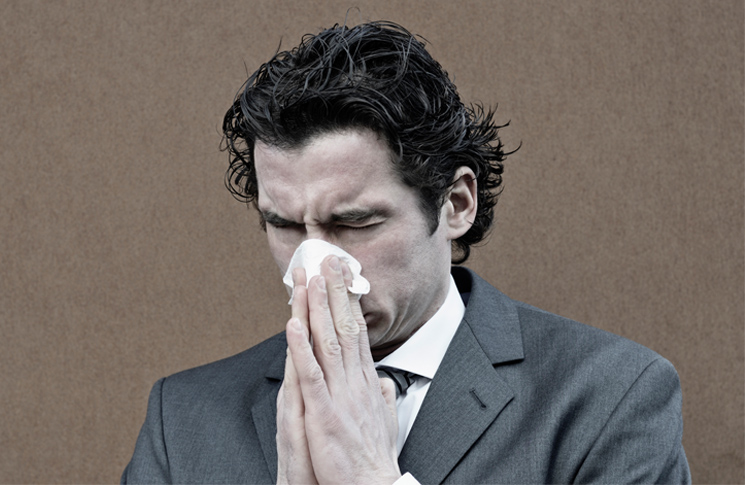CASA has a discussion paper out on pilot medical certification standards. The regulator wants to know what you think before it (maybe) changes the rules.
It’s the stuff of nightmares, movies and occasionally a real-life drama—the pilot slumps, unconscious, incapacitated or dead, and a passenger faces an accelerated course in the fine art of landing a plane.
But how great a hazard is this really, for private pilots? And does it justify the expense and effort of the current Class 2 aviation medical certification system?
CASA is canvassing opinions on what could, should, or should not be done to the current Class 2 certification for private pilots.
Passing Class 2 medical certification is not a problem for most private pilots. In 2015–16, CASA processed more than 22,000 Class 2 applications and refused twenty nine. That’s a rejection rate of 0.013 per cent.
The paper minces no words on the gap between perceptions of CASA’s role. ‘CASA’s operational objective, in practice, is to develop policy and guidelines that strive to let as many people continue to safely fly as possible’, it says. ‘However, CASA is aware that there is a perception from some elements of the pilot community that CASA takes an overly rigorous approach in terms of testing and contesting opinions from other doctors.’
As the discussion paper says, ‘The data on medical causes of safety occurrences over many decades is limited and there is a low level of pilot incapacitation recorded in general aviation. On one hand, this could be interpreted as presenting a low risk or reflect limited reporting, but on the other hand, that a rigorous approach to medical certification has contributed to this result.’
The paper notes that several other countries have introduced (or are considering introducing) different approaches to medical certification. These include assigning a more prominent role in the medical certification process to doctors outside the aviation medicine specialisations, or in some cases, greater degrees of self-certification.
For example, in August 2016, the United Kingdom Civil Aviation Authority (UK CAA) changed the medical requirements for UK private pilot licence and national private pilot licence holders to the same standard as that required to hold a British Group 1 ordinary driving licence for cars or motorcycles.
British pilots now need to complete a form on the CAA website to declare that they meet the driver licence medical standard. Pilots under the age of 70 need to do this once, while pilots over 70 must confirm their declaration every three years.
In the US, the Federal Aviation Administration (FAA) Extension, Safety and Security Act, that was passed by the US Congress in July 2016, provides, among other things, for replacement of an aviation medical examiner certification with examination by having a ‘state-licensed physician conduct a medical examination to endorse an FAA-developed medical checklist every four years’. The act is expected to be developed into Federal Aviation Administration (FAA) regulations this year. US pilots will need to make a declaration and authorise the FAA to gain access to their driver licence records.
The CASA discussion paper notes that self-declaration procedures would rely more heavily on the integrity and insight of the pilot and might have implications for additional education or training.
‘In particular, some psychiatric conditions, problematic drug and alcohol use, or conditions of dementia are potentially very hazardous to flight safety and would present unique challenges to manage effectively.’
Aviation safety has many components, all of which are needed to ensure safety of both participants as well as the public. Altering one aspect can have unintended consequences for others: the small aircraft colliding with a large passenger-carrying aircraft, for example. The question of who can fly, what, where and under what conditions is complex.
The paper lays out six options that may be considered for future consultation:
- Continuing the existing medical certification requirements and arrangements (status quo)
- Re-assessing risk tolerances which inform medical certification standards in the context of industry and community expectations
- Examining and streamlining medical certification practices across the various certification standards, including the approach to assessing incapacitation risk
- Aligning certification standards across the sport and recreational sectors by revising the recreational aviation medical practitioner’s certificate to make it both more accessible to pilots and more widely applicable
- Developing a new medical certificate for the sport and recreational sectors which considers overseas approaches with elements of self-certification
- Mitigating the risks of any changes by applying operational restrictions.
CASA will also consider other options on the basis of responses to the discussion paper. Responses are open until 30 March 2017.
Written submissions and comments may be provided by email to: avmed.dp@casa.gov.au.






Comments are closed.